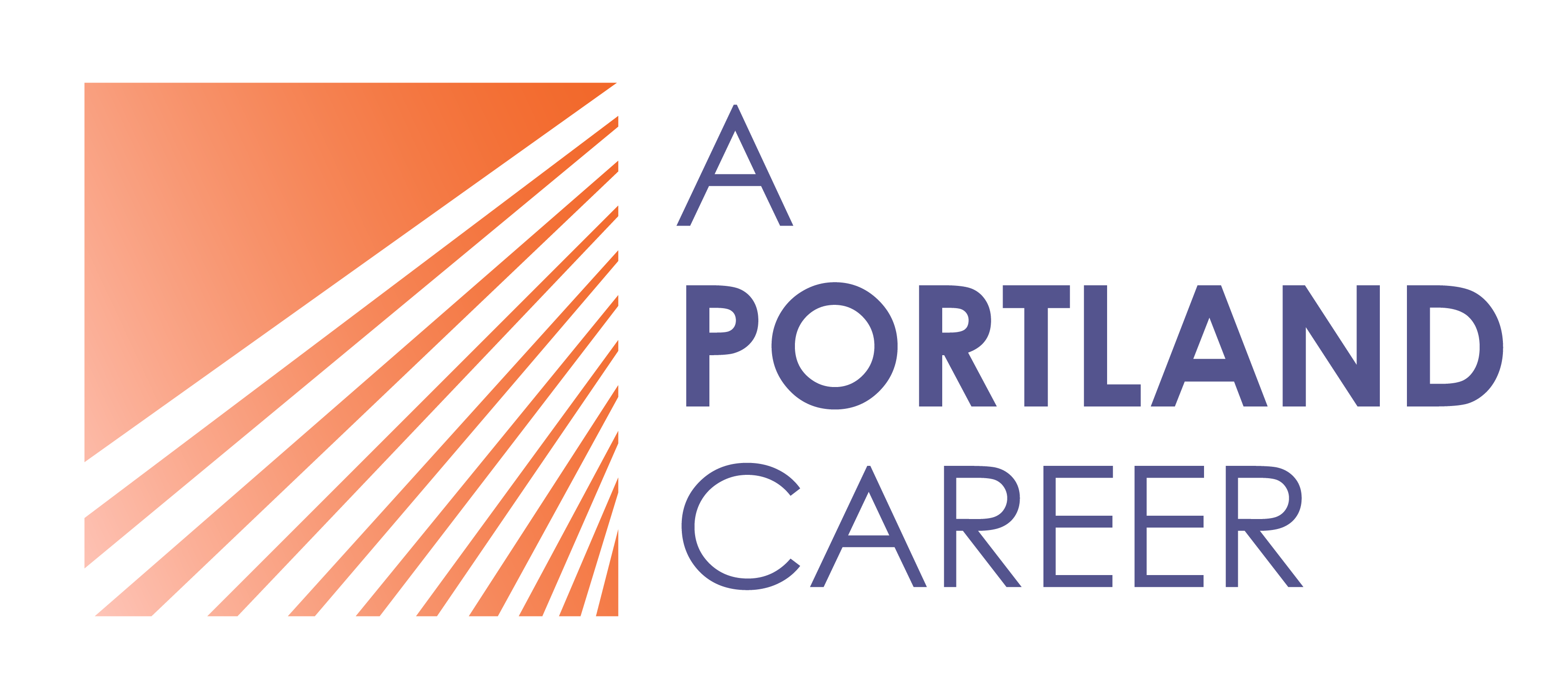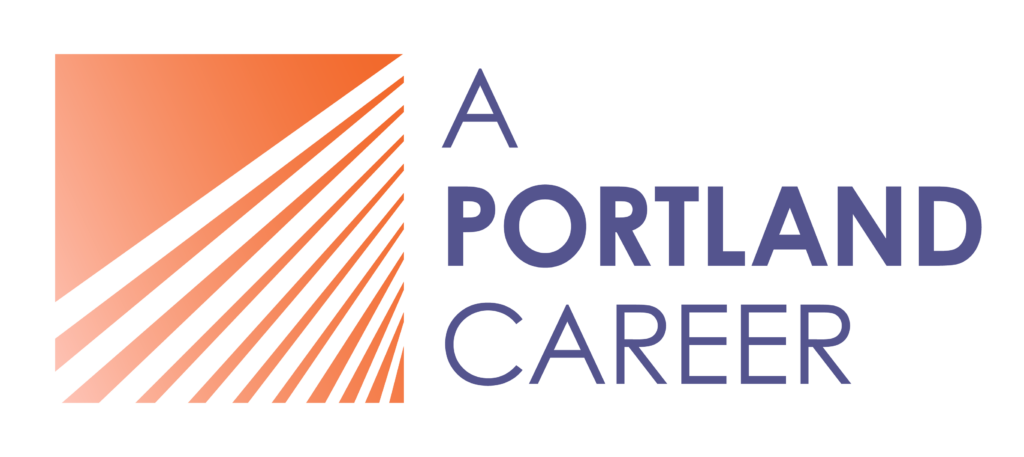Get insider interview tips that’ll help you nail the job interview and land your dream job!
Use the CAR method to tackle interview questions. Vividly illustrate your accomplishments and impress hiring managers!
The CAR Interview Method Brings Your Accomplishments to Life
By A Portland Career, and edited by Suzie Sherman and JD Duran
Need help with interview prep? We got you covered.

Job interviews can feel like running a marathon. Just like training for a long run, it takes time and practice to build your skills. The CAR method is an interview technique that will help you create effective stories about your work accomplishments and impress hiring managers throughout the interview process.
The CAR method—Challenge, Action, Result—should be an essential part of your interview preparation. It is a way to tell a story to illustrate your skills and accomplishments with vivid examples. This method is especially useful for behavioural interview questions: the kinds of questions that try to gauge how you might act in specific situations, for example, in your decision making, or how you handle conflicts with coworkers, or how you solved a particular problem.
An effective CAR story begins by quickly identifying:
- The Challenge you faced in your professional work
- The Action you took to resolve the problem
- The Results you achieved for the organization
CAR is the acronym for this method. Other similar techniques are the STAR method (which stands for Situation/Tasks, Action, Results) and SOAR (Situation, Objective/Obstacle, Action, Results). In this article, we will focus on helping you build great stories about your accomplishments with the CAR method.
This technique is easy to deploy with a little research on the company you’ll be interviewing for, and a review of your relevant accomplishments. The next step is simply to frame your accomplishments into the CAR format to build impressive stories showcasing your skills. Working with your accomplishments, and framing them in an active voice, as the CAR method requires, will prepare you well for job interview questions and get you comfortable with talking about your effectiveness as a job candidate.
Home → Helpful Articles → Interviewing → The CAR Interview Method Brings Your Accomplishments to Life
Here are more great posts about how to prep for your next interview:
- How to Prepare for Your Next Job Interview: The Career Expert’s Guide
- How to Ace the “Greatest Weakness” Question in Your Next Job Interview
- Answering Tough and Weird Interview Questions
- The 25 (plus 10!) Most Common Job Interview Questions
- Virtual Job Interviews: Master the Art of Zooming It In!
- When and How To Say Thank You after Your Interview
If you’re still feeling anxious about interviewing, get in touch with us, and we’ll make sure your interviews start landing you more job offers.

Research the company
First, it always helps to do some market research on a potential new job, to learn some context about the company you’re applying for. This research can include the origin and mission of the company, the kinds of problems the company hopes to solve, the company culture, and the job description for the position you’re applying to. Find information about the company and your potential role through:
- The company website and social media
- The LinkedIn profile of the company, as well as those of the hiring manager or potential supervisors, if you know who they are
- The job announcement, itself
- Networking or informational interviews with your contacts, especially if you know anyone who has worked for the company. Read our article on informational interviews to get a feel for the best kinds of questions to ask.
Familiarizing yourself with this background information prior to your job interview will help to inform your decisions about which of your work accomplishments are most relevant to this job situation. You’ll also grab the attention of the recruiters and hiring managers you talk to if you have a good grasp on the company and your potential role.

Review your accomplishments
The next step to building your CAR stories is to identify potential accomplishments from your work history. Remember to utilize your research about the company or organization to identify your most relevant accomplishments for this specific job.
Consider these questions. Are you proud to have…
- Developed something (A product? A procedure? A news release? A video?)
- Reduced costs or improved efficiency?
- Improved morale and teamwork?
- Surpassed an accepted standard for quality or quantity of performance?
- Gained new customers? Retained old customers?
- Improved operations to increase productivity or reduce stress?
- Received informal recognition or formal awards?
If you get stuck trying to remember your professional accomplishments, break out your resume and look at your work experience section. It may also help to consult with a current or former coworker who has worked closely with you, and can remind you of all the great stuff you’ve accomplished. This might make you blush, but it’s a useful exercise to hear positive feedback from our colleagues, and it will help bolster your confidence for the interview!
Rev up your job search with the CAR method: Accomplishment statements in the CAR format are also an excellent way to improve your resumes and cover letters. Gone are the days of simply listing job duties on resumes. Write powerful accomplishment statements instead!

Create your CAR statements
Now that you’ve taken some time getting to know more about the company you’re interviewing for, and you’ve reviewed your work experiences to find the accomplishments you’re most proud of, it’s time to craft your CAR statements. Remember that CAR stands for Challenge, Action, Results. You will start with the challenge, or problem you faced, describe the action you took to meet that challenge, and finish with the successful results you got.
Challenge
Common interview questions will ask you to describe a time when you encountered a problem, and how you arrived at a solution. State the challenge, problem, or situation you faced before you give an example of a time you took action to solve it. Your research of each potential employer will come in handy here: knowing the types of problems that this company faces will help you identify similar situations that you have encountered in your experience. Here are some examples of ways to describe a challenge or problem you encountered:
- There was a lot of interdepartmental conflict in the areas of…
- The number of donors was ___ percent lower than anticipated.
- Expenses were too high, running ___ percent over budget.
- People in the community were not aware of the availability of curbside recycling.
- Most of the youth served by the NE Council for Drug and Alcohol Recovery were African American, while only one of the 15 counselors was African American.
- Clients regularly complained about…
- Deadlines on ___ were missed too frequently.
When identifying the problem, it helps to give specific examples to the interviewer, in order to paint a clear picture for them. By doing so, this also demonstrates your level of self-awareness and attention to detail, since you’re able to precisely describe the problem at hand.
Action
Describe the actions you took individually, and/or your role in actions taken together with team members. Begin with action verbs such as improved, initiated, resolved, created, facilitated, sold, or wrote. Give enough details of the specific tasks that you undertook, the plans you made, and how you executed on those plans, so your interviewer can really “see” you in action. You may also comment on why you took this particular action. Actions often illustrate the skills identified on the resume. You can start describing your actions in the following ways:
- I conducted interviews to create a survey measuring customer satisfaction.
- I initiated a phone call campaign of past members.
- I created a spreadsheet to compare costs and services of different promotional activities.
- I led a retreat where we revisited and recommitted to our vision and mission.
- I advertised in the Skanner, and used my connections in NE Portland churches to recruit new African American counselors.
- I spearheaded a campaign that included a multi-media, multilingual outreach plan using direct mail, speeches and advertising.
As with identifying the problem, or challenge, you faced, be specific in your examples of the action you took. This demonstrates your competency on the job, your ability to make decisions, and execute on your plans.
Results
Results are the positive or successful outcomes directly resulting from your actions. They provide an “after” picture to contrast to the “before” picture presented in the problem. For-profit companies and many nonprofits are driven by the bottom line, so results are often impressive if you increased profits or decreased cost. You may have had an indirect impact on profits or costs by increasing efficiency, attracting more customers, reducing customer attrition, or introducing new services or programs.
Some positions lend themselves to measurable, or quantitative, results, or an estimation of those results. Your results can include one or several positive outcomes like the examples below:
- By calling inactive members, I increased membership renewal by 22 percent.
- By running an effective campaign, I helped elect the Green Party Candidate to City Council.
- By training new employees more effectively, the number of complaints was reduced by fifteen percent.
- The retreat increased morale, so that only one staff member left during the year, compared to four during the previous year.
- We added three new African American counselors to the staff.
Nonprofits, government, and education are often impressed with results related to the organization’s mission, standards, or performance. Examples:
- As a result of introducing a new program, the reading scores of students in my third grade class surpassed those of other third grade students in the district.
- Because my weekly meetings improved morale so significantly, my supervisor rated me as “exceeds expectations” on all aspects of my communication skills, including my ability to resolve conflict.
- Because of my outreach efforts, we doubled the Hispanic/Latinx community’s involvement in parks and recreation programs.
Putting the Parts Together
Draft your CAR statements by putting the three parts together, and then adding the detail. See the following examples of putting the three parts together, and flushing out the stories:
- (Challenge:) Most of the youth served by the NE Council for Drug and Alcohol Recovery were African American, while only one of the 15 counselors was African American. (Action:) I advertised in the Skanner, and used my connections in NE Portland churches to recruit (Result:) three new African American counselors.
- (Challenge:) The Montana Arts Council had poor communication with its donors, its customers, and the public. (Action:) I created an electronic newsletter and permission-based email system. (Result:) As a result, the number of donors increased by 22 percent.
- (Challenge:) The City of San Jose hired my company, Peynet Public Relations, to persuade residents to participate in an expanded curbside recycling program. (Action:) I created a comprehensive multimedia, multi-lingual outreach campaign using direct mail, publicity, a speaker’s bureau, school assemblies, and advertising. (Result:) The recycling volume tripled, exceeding the goal of doubling.
Final thoughts on the CAR interview method
Utilizing the CAR interview method will make your job interviews stand out in the crowd, and get you closer to that job offer. Hiring managers want to know not only what your hard skills are to match the job description, but they also want to know how you operate on the job, work with teams, resolve conflicts, and solve the problems that the company needs solving. Framing your abilities by stating the challenge you encountered, the action you took to resolve it, and the successful results you got, is a formula for building impressive stories that showcase your accomplishments and will wow your interviewer.
Key takeaways
- The CAR method is an interview technique to help you build accomplishment stories based on the challenge you encountered, the action you took, and the results you got.
- Accomplishment statements utilizing the CAR method are also effective in resume writing, as a way to describe your work experience in an engaging way, rather than just listing job duties.
- Always research the company or organization you are interviewing with to get to know their mission, their company culture, and what kinds of problems their work seeks to address.
- Review your own professional accomplishments and think about similar challenges you’ve faced that you can relay relevant stories about.
- Build your CAR stories by focusing on your relevant accomplishments: what specific challenge did you meet, what specific action did you take on your own or with your team, and what were the positive or successful results you got?
- If you can, focus on measurable or quantifiable results that show you improved the bottom line.
Related articles you might be interested in:
The 25 (plus 10!) Most Common Job Interview Questions
Nail your next job interview by preparing for these 25 (plus 10!) most common interview questions.
The Best Interview Questions You Should Ask at Your Next Job Interview
Flip the script! Prepare to ask great questions in your job interview, and show your potential employer you’re the ideal candidate for the job.
Interviewing As An Overqualified Candidate: Let’s Debunk Some Myths
“Overqualified” just means “well-qualified.” Let’s debunk the myths about overqualified candidates and reframe your career story!





